How to get rid of carpet beetles – expert advice to help you remove them properly
Eliminate these destructive pests and stop them from coming back
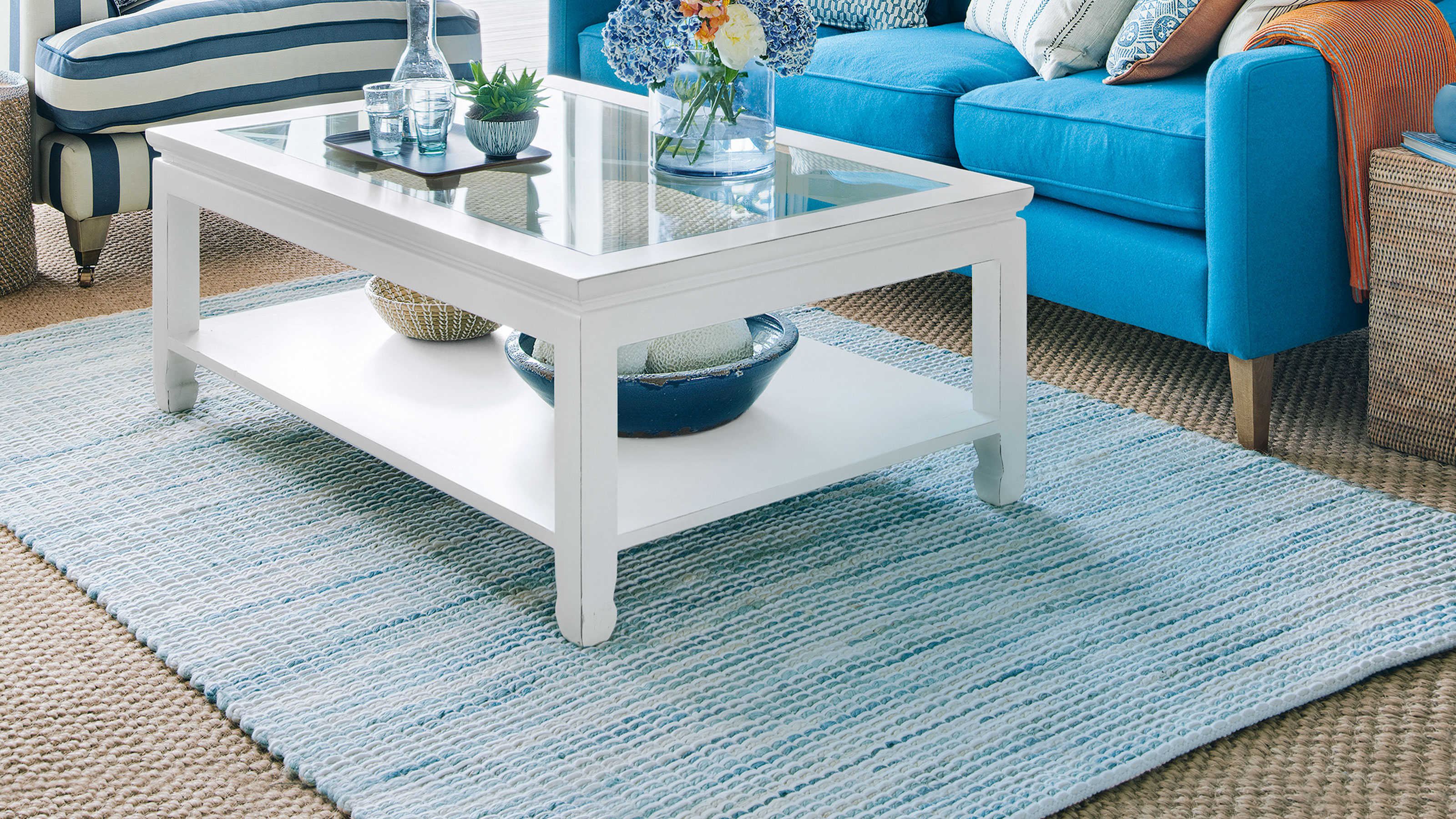

If you're noticing holes appearing in your furniture or clothes and little pale brown shed skins on your carpet, you could have carpet beetles. Don't worry, they're actually a very common household pest, they're not harmful, and we have loads of ways to help you get rid of them.
Naturally, a consistent home care and cleaning routine is the number one solution: a clean home will keep any manner of pests at bay. But even in the tidiest of homes, when old rugs and coats are stored away, they're left vulnerable to these pesky bugs.
Let's take a look at how to eliminate them while answering some frequently-asked carpet beetle-related questions. FYI, you can still get them even if you don't have carpeted floors. Sorry.
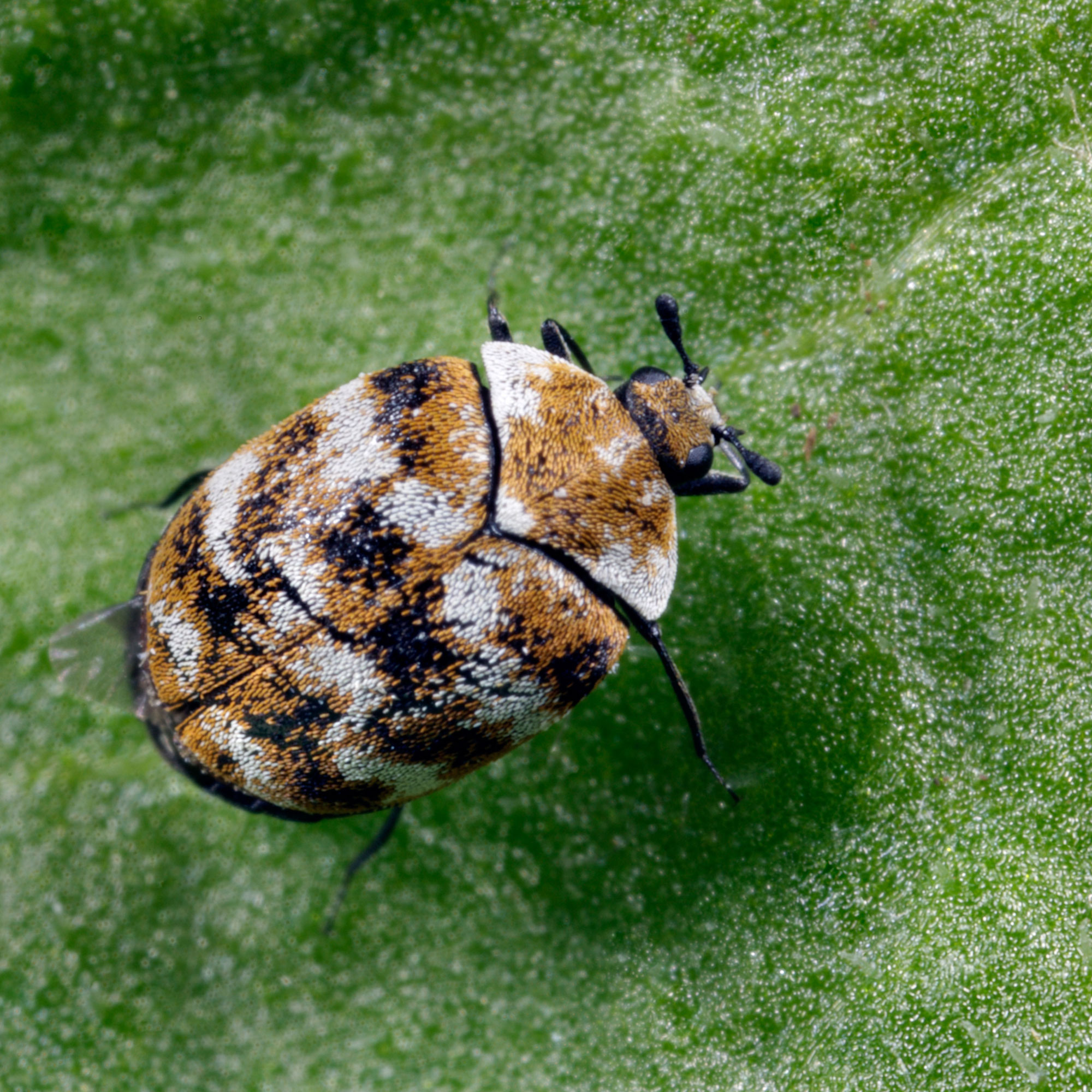
Carpet beetle
What are carpet beetles?
Before taking any steps to get rid of them, you'll want to make sure it's definitely carpet beetles that you're dealing with. They are small beetles belonging to the Dermestidae family, feeding on natural fibres such as wool, leather, silk, fur, felt, and linen.
They generally hatch from spring into early summer, going from egg to larvae to pupa, before becoming adult beetles. It's the larvae, which are covered in spiky bristles, that do the damage. These are often called 'woolly bears'. As we said, they're common household pests, and in the UK, we have three common species, which can all be treated in the same way:
- Varied Carpet Beetle (Anthrenus verbasci) – 1.5–3.5mm long with white, brown, and yellow patches.
- Two-spotted carpet beetle (Attagenus pellio) – 4.5– 6mm long, dark brown with two white spots
- Brown carpet beetle (Attagenus smirnovi) – 2–5mm long, black with a reddish tinge
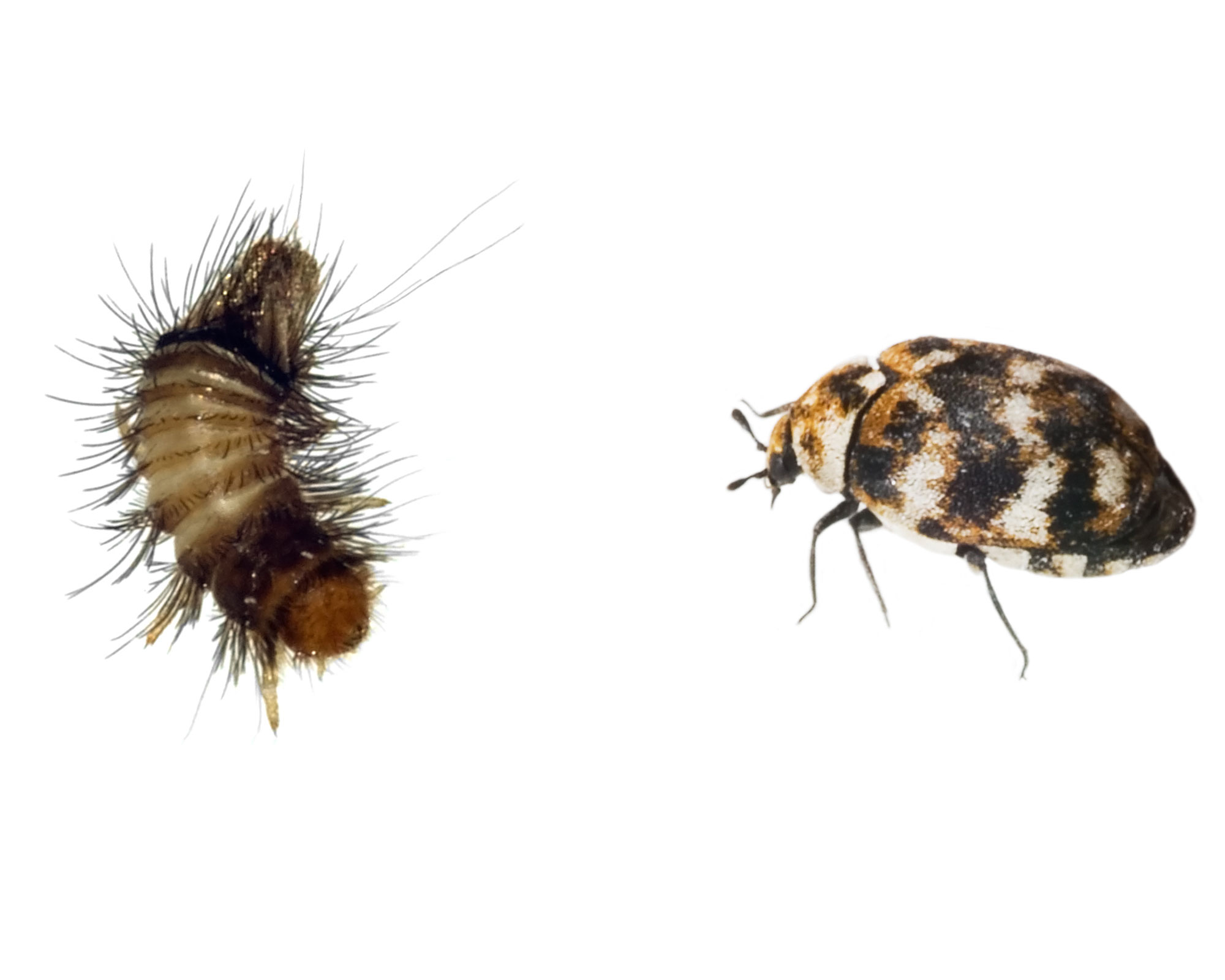
Varied carpet beetle larva (left) and adult varied carpet beetle (right)
Their name is a bit of a misnomer, as while these scavengers will feed on the dead skin cells and other gross stuff lurking on your carpet, they're just as likely to appear in your wardrobe or pantry. Understandably, the presence of these small, ladybird-like bugs that chew through fabrics is often mistaken for that of moths or bed bugs.
However, these mottled beetles and their larvae will feed on various organic materials, from the pasta in your kitchen cupboard to your leather armchair. They often make their way in through windows, or on contaminated furniture, plants, or furs, so look out for them when bringing in new items into your home.
Get the Ideal Home Newsletter
Sign up to our newsletter for style and decor inspiration, house makeovers, project advice and more.
They feed on proteins called keratin (the same stuff that's often found in hair products) and chitin, which are both found in natural fabrics, as well as our skin and nails. The good news is they're not the absolute worst pests to have, but they can cause skin irritation, so it's important to know how to get rid of carpet beetles properly.
How to get rid of carpet beetles
'If you have carpet beetles, you'll want to get rid of them quickly to prevent further damage,' says Walter Murphy, pest control expert at PriceYourJob, an online source for quotes from tradespeople. Here are some solutions you can try right away.
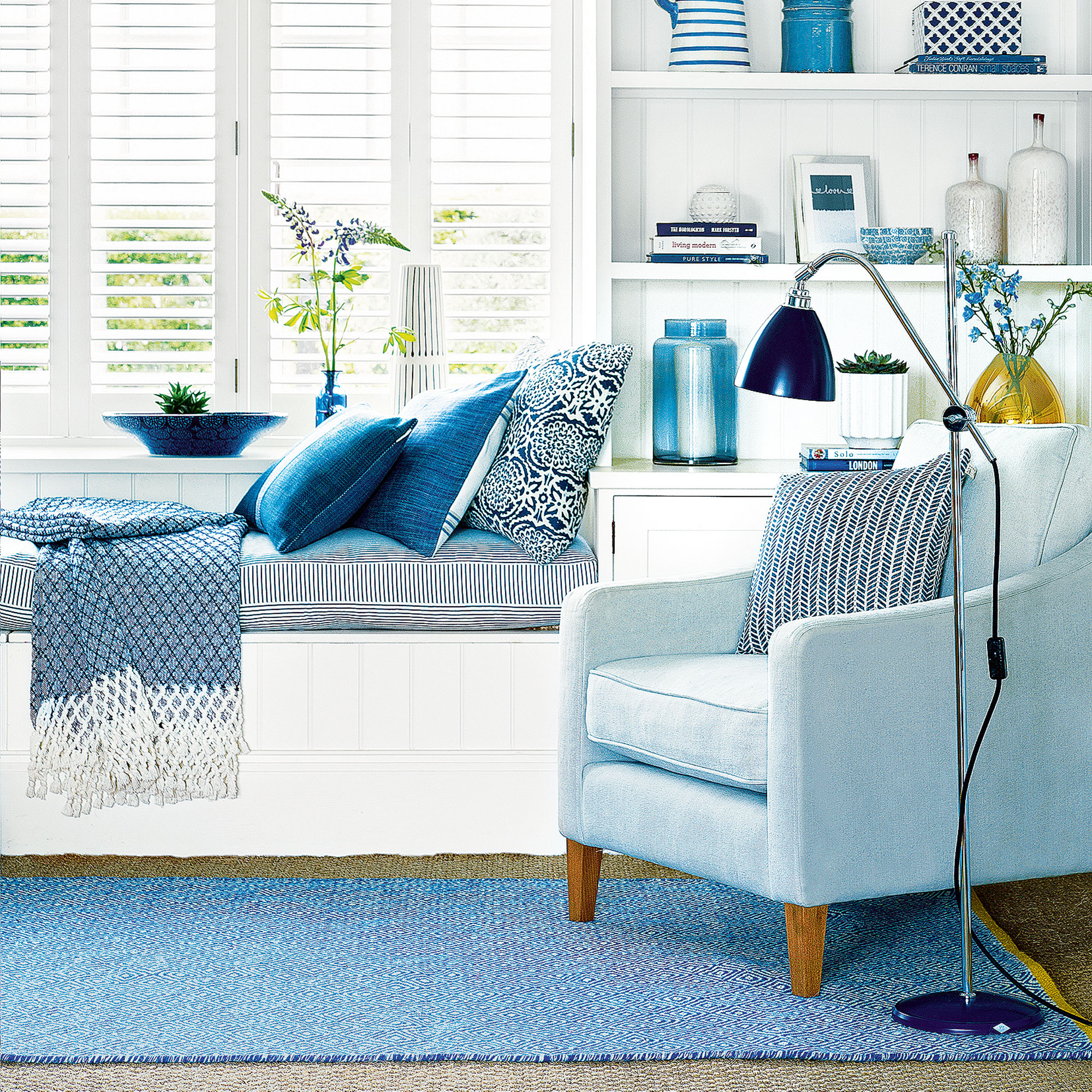
1. Remove with vacuum cleaner and insecticide
'Begin by cleaning the infested areas with a nozzle vacuum cleaner,' Walter Murphy advises. 'Concentrate on removing all of the larvae and debris from all of the cracks. Add an application of residual insecticide to the area.
'Be sure to concentrate on the cracks and crevices,' he says. The insecticide should then be left on the area. Make sure you keep children and pets out of the room while the insecticide is in place, as this can be toxic, Walter warns.
2. Wash infested items
Washing clothes on a hot wash (or getting them dry cleaned) will kill any carpet beetles, larvae and eggs. If the clothing is beyond repair, seal it up in a plastic bag before throwing away to prevent future infestations.
For rugs, furniture and curtains, steam cleaning will get rid of them. Repeat this weekly with your best steam cleaner until you're confident there are no more around.
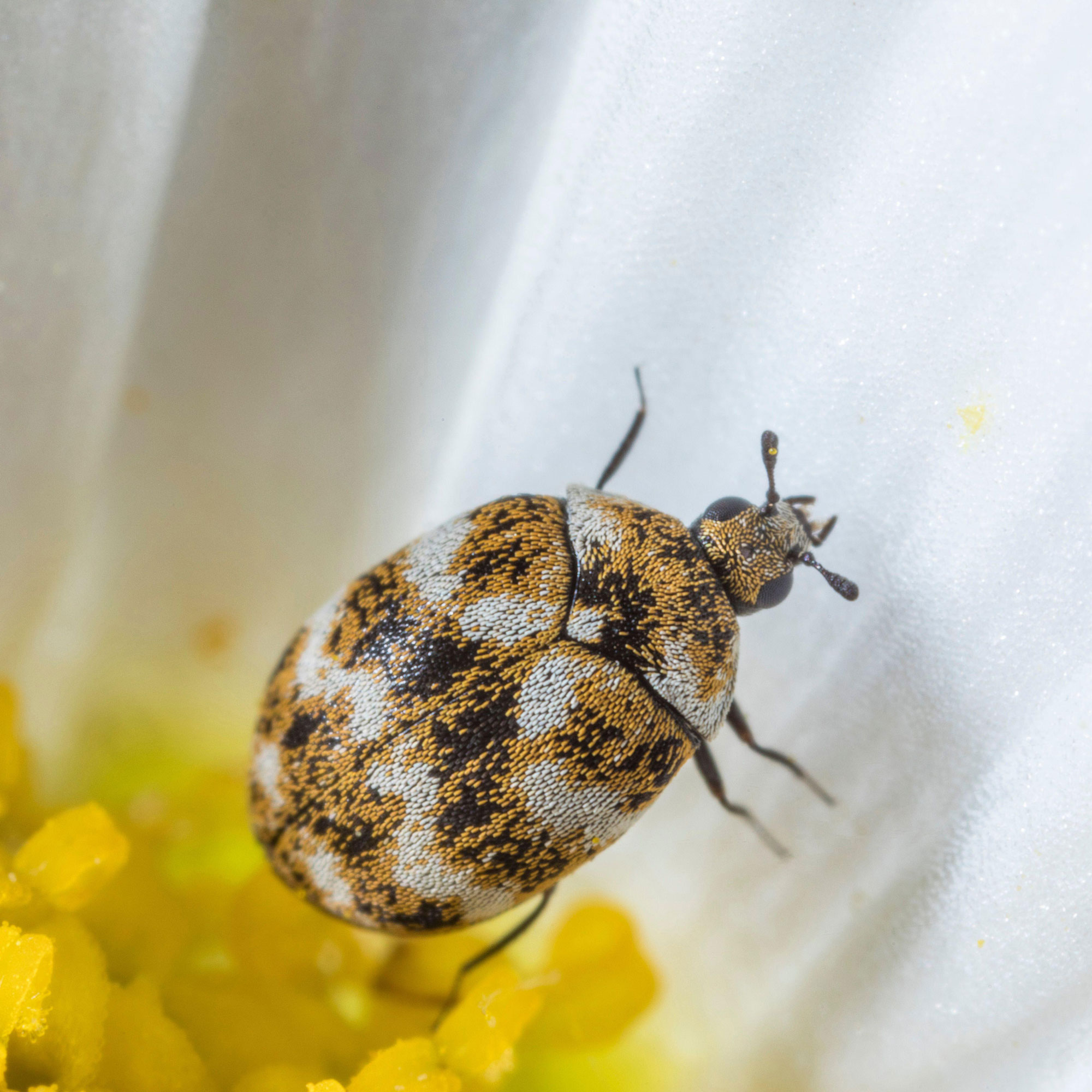
3. Freeze infested items
Seal the item in a plastic bag and freeze it to kill the carpet beetles and larvae. Leave it in the freezer for 72 hours.
4. Vacuum pack clothing when storing away seasonal items
The clothes that you wear regularly are less likely to be targeted. Just like moths and spiders, carpet beetles favour dark and undisturbed spaces.
When storing away winter clothing in the summer months and vice versa, make sure everything is freshly washed first. Then, use vacuum bags, at Amazon, which will prevent carpet beetles and save space.
Sophie Thorogood from the technical team at eco-friendly pest control brand Green Protect says pests can't get through the plastic of vacuum packs, and the removal of air will make it difficult for them to survive.
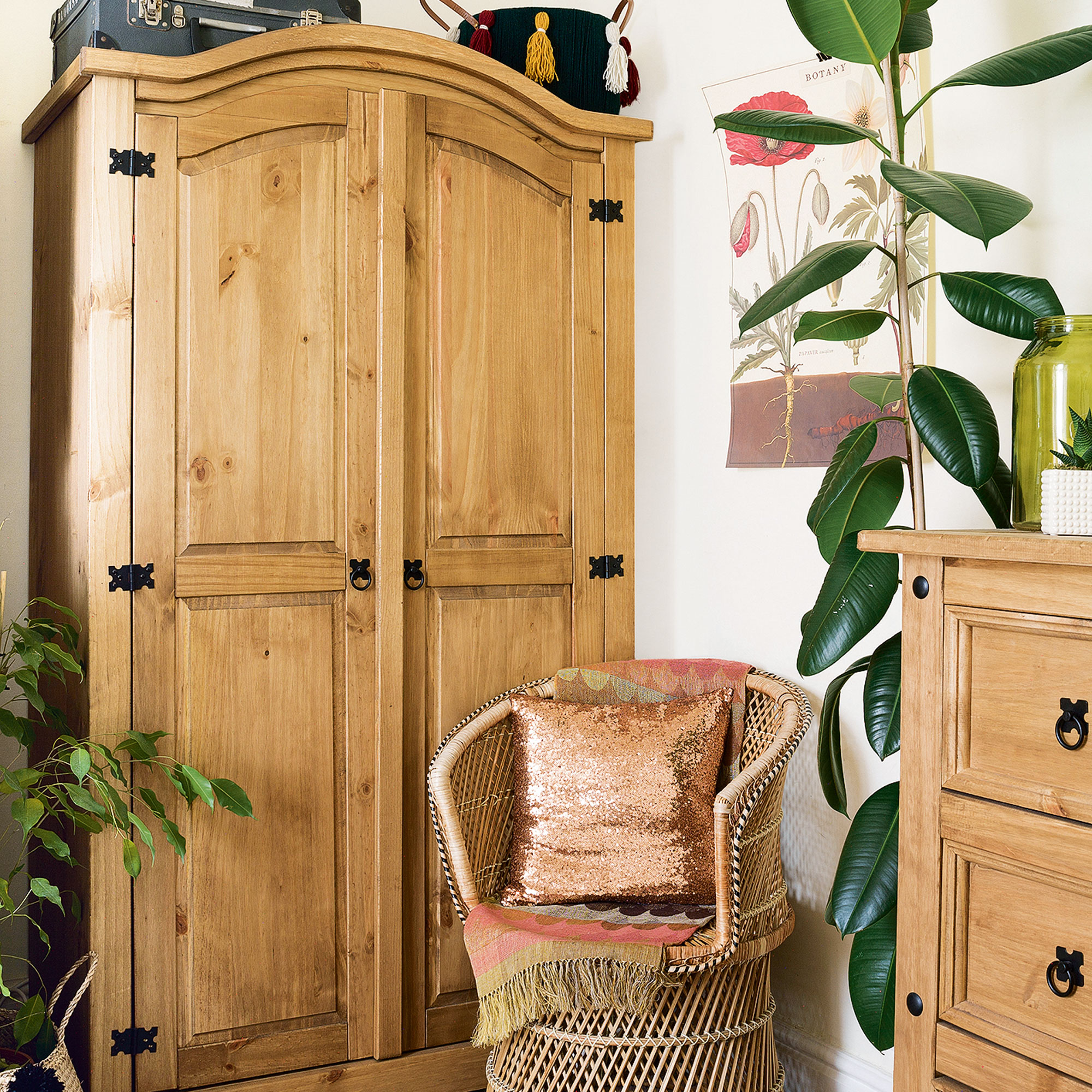
5. Use moth traps
Pheromone traps like these Moth Traps, from Green Protect can also be used to detect the pest infestation at an early stage before they cause significant damage.
6. Declutter
Having a good clear out will reduce your chances of getting carpet beetles, with less stuff stored away in the attic or garage. It's also recommended as a way to get rid of bed bugs, giving them fewer places to hide.
A wool rug stowed at the back of a cupboard is the perfect breeding ground for them to lay their eggs, which after a few weeks will turn into larvae.
7. Keep food stored in airtight containers
Store cereal, oats, and pasta in airtight storage jars, available at Amazon. Wipe up any spillages as soon as possible, and keep pet food and bird feed sealed up. This will also help get rid of flies.

8. Vacuum regularly
Keeping on top of household cleanliness is really hard – you blink and your immaculate living room has descended into chaos. Creating a cleaning schedule that's shared between all members of the household is one option, and will help make sure chores like hoovering are done consistently.
As well as making your home feel a much nicer, healthier environment, cleaning carpets will keep carpet beetles away, says Sophie Thorogood: 'Vacuuming on a regular basis, especially under heavy furniture will remove fibres on which the pests survive.'
Your best vacuum cleaner is your BFF here as it'll remove the pests as well as potential sources of food. 'Just remember to also frequently empty the vacuum cleaner,' says Sophie. It's also worth vacuuming curtains and upholstery, getting in those nooks and crannies down the side of furniture, and cleaning dusty air vents.
9. Try natural remedies
If you’re looking for a more organic and natural approach, Adam Juson, founder of pest control service Merlin Environmental says you can spray peppermint and clove oil diluted with water over the affected surfaces. 'You can also mix apple cider vinegar with water and clean the infected area to treat carpet beetles,' says Adam. 'Most carpet beetles can be eradicated without needing to contact an exterminator.'
Another good natural product to consider is Diatomaceous Earth (available at Amazon and in agricultural-feed stores). This quickly dehydrates and kills larvae, Adam explains. Do make sure to wear a suitable respirator when applying and choose ‘food grade’ that won’t cause harm to yourself or any pets in the home.
Can you treat carpet beetles yourself?
Carpet beetles can hide in all sorts of places: in the folds of fabric, in cuffs, collars and hems, as well as in down pillows, upholstery, mattresses, and toys. However, you can treat carpet beetles yourself by using a vacuum cleaner and nozzle attachment to remove them from the area.
Then apply an insecticide and throw away the vacuum cleaner bag. There are lots of carpet beetle sprays, at Amazon, which will kill adult carpet beetles and moths, as well as their larvae.
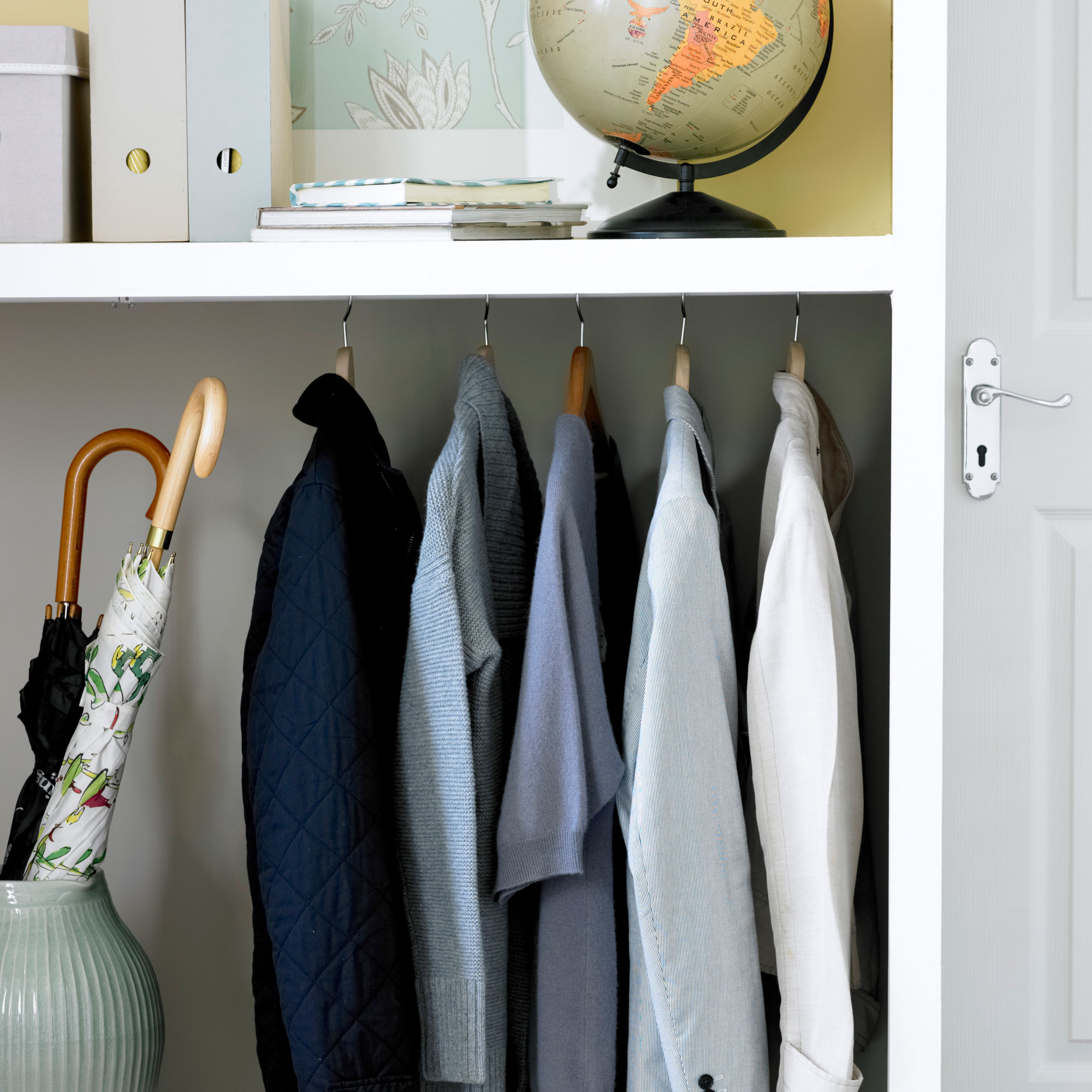
How long do carpet beetles stay around?
The larvae usually live and feed on your fabric items and carpet for around 7 – 10 months, Walter Murphy tells us. After this period, the larvae will then turn to pupa, and an adult beetle will emerge from this roughly a month later.
Adult carpet beetles tend to live for around 2 – 6 weeks. This carpet beetle killer, at Amazon will prevent carpet beetles from coming back for three months.
What's the difference between carpet beetles and bed bugs?
Walter Murhpy has outlined several physical differences between bed bugs and carpet beetles:
- Bed Bugs – These are small, oval-shaped creatures that are reddish-brown in colour. They have a flat body and are roughly the size of an apple seed. Bed bugs don't have wings and can't fly. They like dark areas like under the mattress, and they are nocturnal.
- Carpet beetles – These are also oval-shaped, but they are black, white, orange, or brown and have a mottled pattern. Carpet beetles have wings and can fly. Adults tend to be attracted to light areas such as near the windows.

But the biggest difference is that carpet beetles won't bite, unlike bed bugs. They have different diets, with bed bugs feeding on blood in order to grow and reproduce.
Carpet beetle larvae feast on natural materials until they molt enough times to become an adult. Once they become an adult, their diet then switches to pollen, Walter Murphy explains.
If you think a carpet beetle has bitten you, the pest control expert says this is either not a carpet bug, or it is an allergic reaction to the hair on the larvae's body. When the larvae crawl over the skin, the hairs can cause a small reaction that looks similar to a bite.
Carpet beetles can be a nuisance in museums, attracted to insect collections and taxidermy. These bugs are sometimes found in woodwind instruments that have been stored for long periods of time, as they're drawn to the felt pads many musical instruments have underneath their keys.

What is the best method of getting rid of carpet beetles?
If you want to ensure that you permanently get rid of carpet beetles, Walter Murphy says the best and most effective method is to call a licensed pest control expert. Professional carpet beetle control companies will be able to assess the infestation and use the most effective and safest treatment method to eliminate all of the carpet beetles and the woolly bear larvae quickly.

Millie Hurst was Senior Content Editor at Ideal Home from 2020-2022, and is now Section Editor at Homes & Gardens. Before stepping into the world of interiors, she worked as a Senior SEO Editor for News UK in both London and New York. You can usually find her looking up trending terms and finding real-life budget makeovers our readers love. Millie came up with the website's daily dupes article which gives readers ways to curate a stylish home for less.
-
 Should your front door colour match your hallway? Interior experts reveal 3 reasons why it should (and 3 reasons it shouldn't)
Should your front door colour match your hallway? Interior experts reveal 3 reasons why it should (and 3 reasons it shouldn't)Are you team matching or contrasting?
By Ellis Cochrane
-
 This £200 limited-time discount makes this Dyson vacuum cheaper than I’ve ever seen it - run don’t walk to Argos for this bargain
This £200 limited-time discount makes this Dyson vacuum cheaper than I’ve ever seen it - run don’t walk to Argos for this bargainIt's the most affordable Dyson on the market right now
By Lauren Bradbury
-
 Martin and Shirlie Kemp’s pastel flower beds has given their Victorian renovation a romantic look - how you can get the look
Martin and Shirlie Kemp’s pastel flower beds has given their Victorian renovation a romantic look - how you can get the lookTheir pastel garden is the cottage garden inspo you've been looking for
By Kezia Reynolds